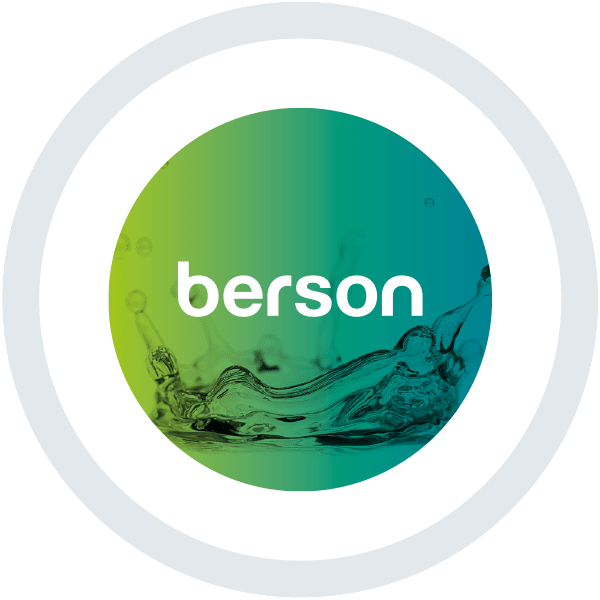What to do if your UV Lamp breaks
Ultraviolet (UV) light is generated when elemental mercury is vaporized. If a UV lamp breaks, this mercury is released into the surrounding fluid. Although it is a rare incidence, a UV lamp might break due to any one of several reasons, as below:
- Manufacturing and handling defects
- Power surges and/or electrical component failures
- Incorrect UV lamp orientation
- Damage from surrounding debris
- Sudden temperature or pressure differential
- Operator error
A UV lamp may break while off-line, when no fluid is flowing through the disinfection system. Alternatively, it may break while the lamp is on-line, and the mercury is in vapor state. The latter situation is more difficult to mitigate as the water environment is also exposed to the released heavy metal.

In the former incident (off-line break), only the cleanup crew will be exposed. In the case of water treatment facilities, lamp breaks are to be immediately followed up by tests for mercury levels.
Mercury limits are currently set at a concentration of 0.002 mg/L in the USA and 0.001 mg/L in Canada. Typically, UV lamps used for water treatment contain about 5 to 400 mg of mercury – Low pressure (LP) lamps have about 5 to 50 mg/lamp; Low Pressure High Output (LPHO) lamps contain about 26 to 150 mg/lamp; and Medium Pressure (MP) lamps contain about 200 to 400 mg/lamp.
The USEPA has laid out clear guidelines on what actions a facility must take to ensure that the released mercury is cleaned up safely. Broken down into four key steps, these are:
- Site-specific containment procedures: Involve shutting down the UV system; closing downstream valves to contain the release of mercury; closing upstream and downstream UV chamber isolation valves, etc.
- Mercury sampling and compliance monitoring: Presence of mercury should be sampled at different locations based on where mercury may settle and/or accumulate. Sampling should also be conducted at various frequencies based on flow rate, detention time, and travel time to the first potential consumer.
- Site-specific clean-up procedures: Should include an assessment of mercury contamination in the air, water, or on surfaces; disposal of any isolated or condensed mercury; potential disposal or treatment of contaminated water; cleanup responsibilities (by water system staff or contracted hazardous materials team); and Federal or state cleanup or disposal requirements.
- Reporting requirements: If required by the state, the response plan should include information on what must be reported to the state and the notification procedures. Reporting requirements may include a description of the release, including details on containment and cleanup procedures.
Additionally, the Clean Water Act mandates that post lamp breakage, facilities should not discharge mercury-contaminated water to the environment. Instead, discharges should be coordinated with the state and the local wastewater authority for proper disposal and treatment.
An IUVA paper summarizes the Standard Operating Procedures followed by facilities in response to lamp breakage. These are:
- Stop or divert flow. This is usually accomplished by closing a downstream valve.
- Pump contaminated water in reactor to a MERSORB® column for treatment or some other site-specific area designated in the operating procedures for the facility.
- Sample before and after UV chamber.
- Cleanup UV chamber – remove quartz shards, liquid mercury, and lamp parts.
- Inspect other sleeves. Replace broken and damaged sleeves and lamps.
- Flush UV chamber with dilute acid solution HCl followed by water.
- Verify mercury concentrations in standing water are acceptable.
- Bring UV system back on-line.
While lamp breakage is a very uncommon occurrence, it is important for every facility to devise a Lamp Break Response Plan specific to their UV system and site design. A well-defined action plan is the first step to ensure that in the rare event a UV lamp does break, serious impact is minimized.
By Saumya Garg
Further reading:
- Assessing the risk of mercury from on-line UV lamp breaks. Heidi Borchers, Ashlee Fuller, James P. Malley. 2008. https://iuvanews.com/stories/pdf/archives/100102BorchersEtAl_Article.pdf
- UV Lamp Breakage: Investigation and Response. Jennifer Osgood, Chris Schulz. International UV Association Americas Conference, 2018. http://www.iuva.org/resources/2018_IUVA_Americas_Conference/Technical-Proceedings/Municipal%20Water%20-%20Wastewater%202/Osgood.pdf
- Ultraviolet Disinfection Guidance Manual for the Final Long Term 2 Enhanced Surface Water Treatment Rule. USEPA, 2006. https://nepis.epa.gov/Exe/ZyPDF.cgi?Dockey=600006T3.txt









